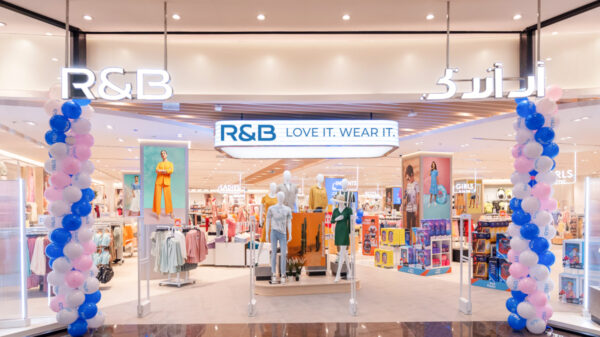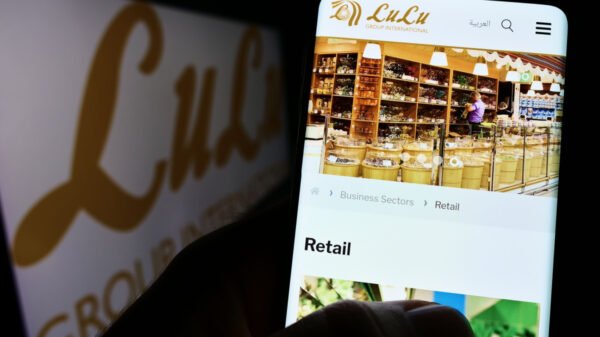Fintech sector across the Mena region is growing by leaps and bounds, especially in Saudi Arabia. This is crucial for retailers as these technology-driven companies enable them to offer customers more personalised, convenient and cost-effective services.
Illustratively, more than 40 per cent of retailers worldwide are using some form of electronic payment method like Apple Pay, Google Wallet, Amazon Pay, PayPal.
Specifically, in the Mena region, 82 per cent of consumers reported using a fintech app last year—up from 76 per cent in the previous year, according to a report by checkout.com. What is equally important, when it comes to BNPL, 67 per cent of consumers surveyed noted that they’d likely use the option this year.
Last year, fintech emerged as the most funded industry in the country with $239 million raised, representing a 167 per cent increase compared to 2021, according to the report 2022 Saudi Venture Capital Report by Dubai start-up data platform Magnitt. This trend can be ascribed to the extensive overarching digital transformation nurtured as part of the Saudi Vision 2030 and a seismic shift in shopping habits.
Partner at Global Ventures, a VC firm based in Dubai, Said Mourad, told StartupScene: “The market has been growing significantly in Saudi Arabia. It has been propelled by multiple factors, chief amongst them is the support that companies in the technology and startup ecosystem have been receiving from government and government-related entities.
“There is a lot of focus on how this sector can actually help transform and grow the economy significantly. Fintech specifically is a reflection of growth in the advancement from technology and services providers, as well as from a regulatory perspective.”
The open banking framework introduced by the Saudi Central Bank in November is one of the key drivers of the sector, enabling businesses to test their products and services against established frameworks, in, turn, helping retailers to widen their customer base.
Furthermore, in May the Council of Ministers unveiled its Fintech Strategy as a new pillar in the Saudi Vision 2030 Financial Sector Development Program. The initiative sought to attract 525 fintech players and create 18,000 in the field while also attracting SAR12.2 billion in cumulative venture capital investments, generating SAR13.3 billion in direct GDP impact.
Between September 2021 and August 2022, Saudi Arabia welcomed 65 new fintech companies, bringing the total number of active players to 147, which is up 79 per cent year-on-year, according to Fintech Saudi’s latest annual report.
Executive vice president – at cards & payments, Al-Futtaim Group, Paul Carey, said: “A number of powerful competitive forces are driving this new wave of change. On the one hand, we have a growing young population and the need to win the 18 to 30-year-old consumer is a crucial driver of innovation and digitisation.
“On the other hand, we have seen global businesses that had been playing a waiting game when it comes to MENA now making the region a focus for their market expansion plans. Naturally, the fast-growing e-commerce market makes reaching consumers here more accessible than ever if you’re a global brand. The influx of international players is a wonderful testament to the opportunities presented by our digital economy and a powerful spur for local businesses to keep a laser focus on sharpening their competitive edge.”
Notably, this rapid growth of Saudi fintech and the close intersection between retail and technology is a relatively new phenomenon. The sector only started gaining steam soon after lockdown, which drastically altered spending habits and accelerated the large-scale adoption of digital financial services by merchants.
Founder and CEO at HyperPay, a Saudi-based fintech start-up that equips retailers with various integrated payment solutions, Muhannad Ebwini, told StartupScene: “Everything changed when the pandemic came. It took us three years ahead in terms of growth.”
Mr Ebwini added that HyperPay experienced 179 per cent growth during the pandemic.













